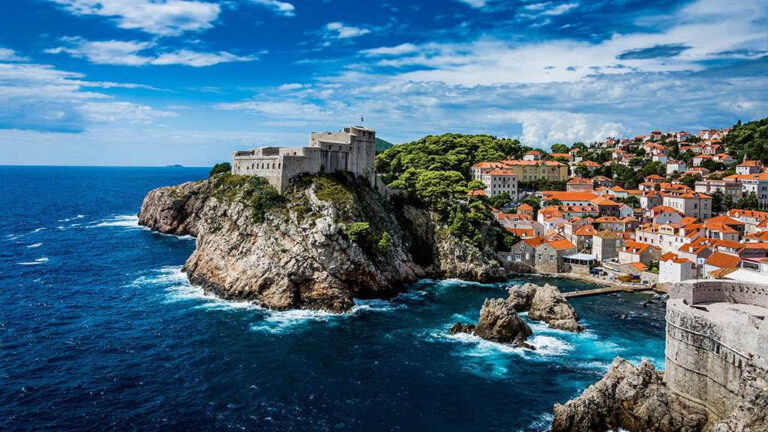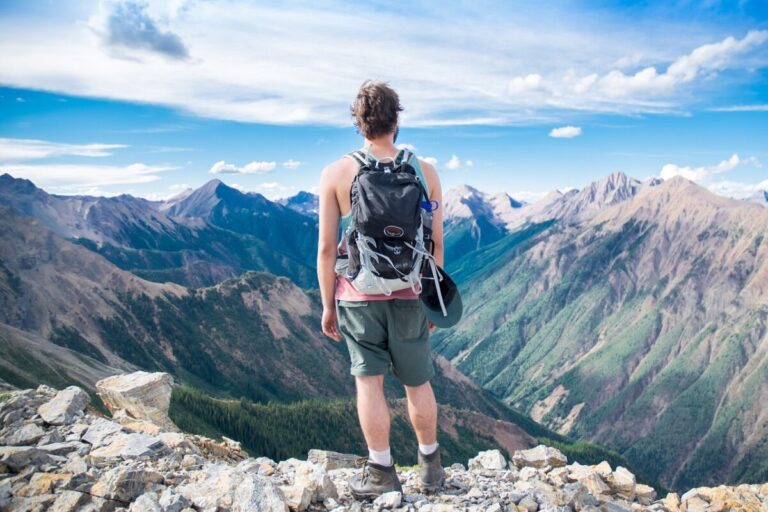Imagine leaving the concrete and traffic of Johannesburg just after sunrise and a few hours later you are parked beside a waterhole, watching elephants shuffle in to drink while guinea fowl chatter in the dust. That is the magic of Pilanesberg National Park. It is close enough for a realistic day trip, yet wild enough that you still feel far away from city life.

Pilanesberg sits inside an ancient volcanic crater, a circle of purple and rust coloured hills that trap the light in a very particular way. In the early morning the ridges look almost blue, then they slowly warm up to ochre and gold as the sun climbs. The park is also malaria free, so you do not have to worry about special medication for a short visit, which is a relief if you are traveling with kids or you simply want a low fuss safari.
For many travellers Johannesburg is a city of layovers and business meetings. Free days are rare. That is exactly why Pilanesberg is such a gift. You can leave after an early breakfast, spend many hours on game drives, enjoy lunch with a view, and still be back in your hotel the same evening, tired in a good way and with the dust of the bush on your shoes.
Where Pilanesberg is and how to get there from Johannesburg
Pilanesberg National Park lies roughly north west of Johannesburg, close to Sun City resort. The road network is good, mostly highway and well maintained regional roads, so the drive feels more like a relaxed road trip than a struggle. Without heavy traffic it usually takes about 2.5 hours each way, which fits nicely into a long but comfortable day.
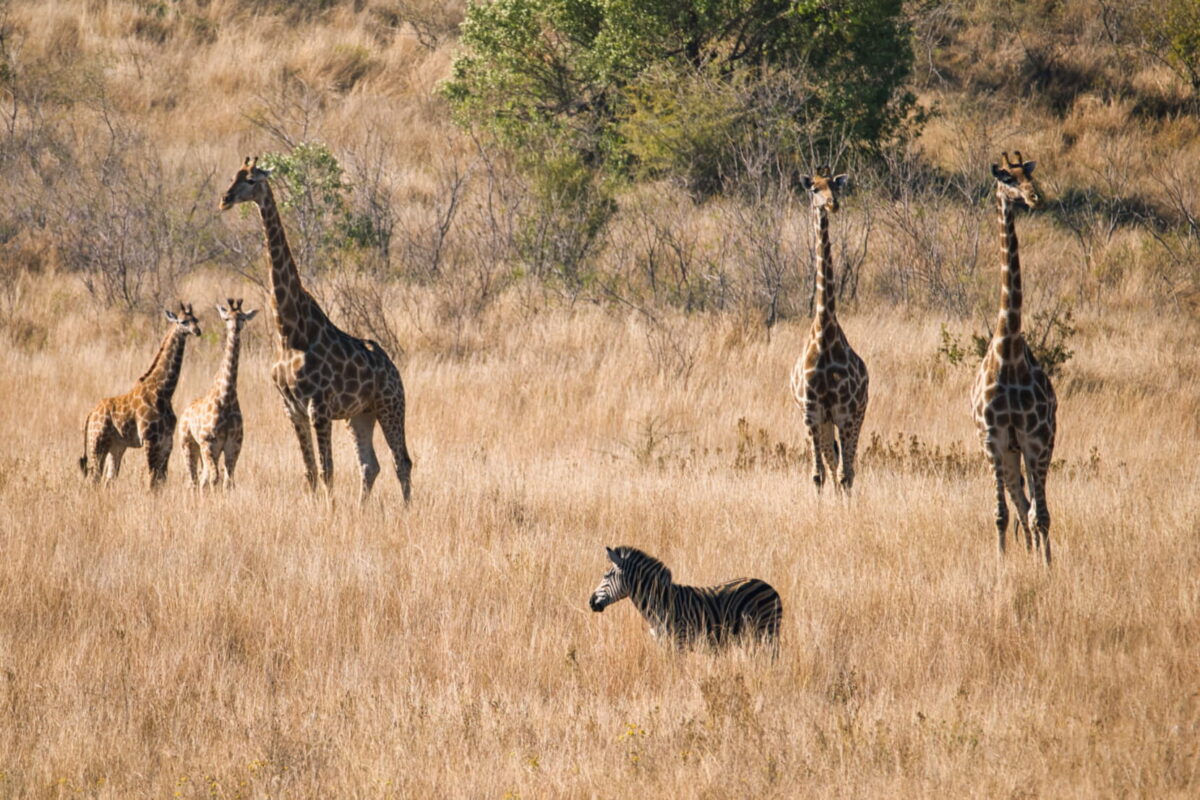
You have several options for reaching the park, depending on how independent you want your day to be and how confident you feel driving in South Africa.
- Self drive with a rental car – gives you maximum freedom to set your schedule and stop where you like.
- Shared guided day tour – convenient hotel pickup in Johannesburg, set itinerary, social atmosphere.
- Private transfer and safari – more expensive, but flexible routing and personal guiding.
If you choose to drive yourself, you will mostly follow major routes that are clearly signposted. Many visitors are surprised by how modern the toll roads and petrol stations feel. Still, it is wise to leave before the worst of the morning traffic, especially on weekdays, so you do not arrive at the gate flustered and behind schedule.

Guided tours normally include return transport, entrance fees and at least one or two open vehicle game drives once inside the park. This is a great solution if you prefer to sleep in the car instead of watching GPS and road signs, or if you are a solo traveller who enjoys the company of others.
When to go and how to time your day
Pilanesberg is open year round, and there is honestly no completely wrong time to visit. However, different seasons change the character of your safari, so it is worth thinking about what you want most. In the dry winter months, from roughly May to September, the grass is low and animals are easier to spot but the air can be chilly during early morning drives. Summer brings lush green landscapes, dramatic skies and lots of baby animals, along with short afternoon storms and higher temperatures.
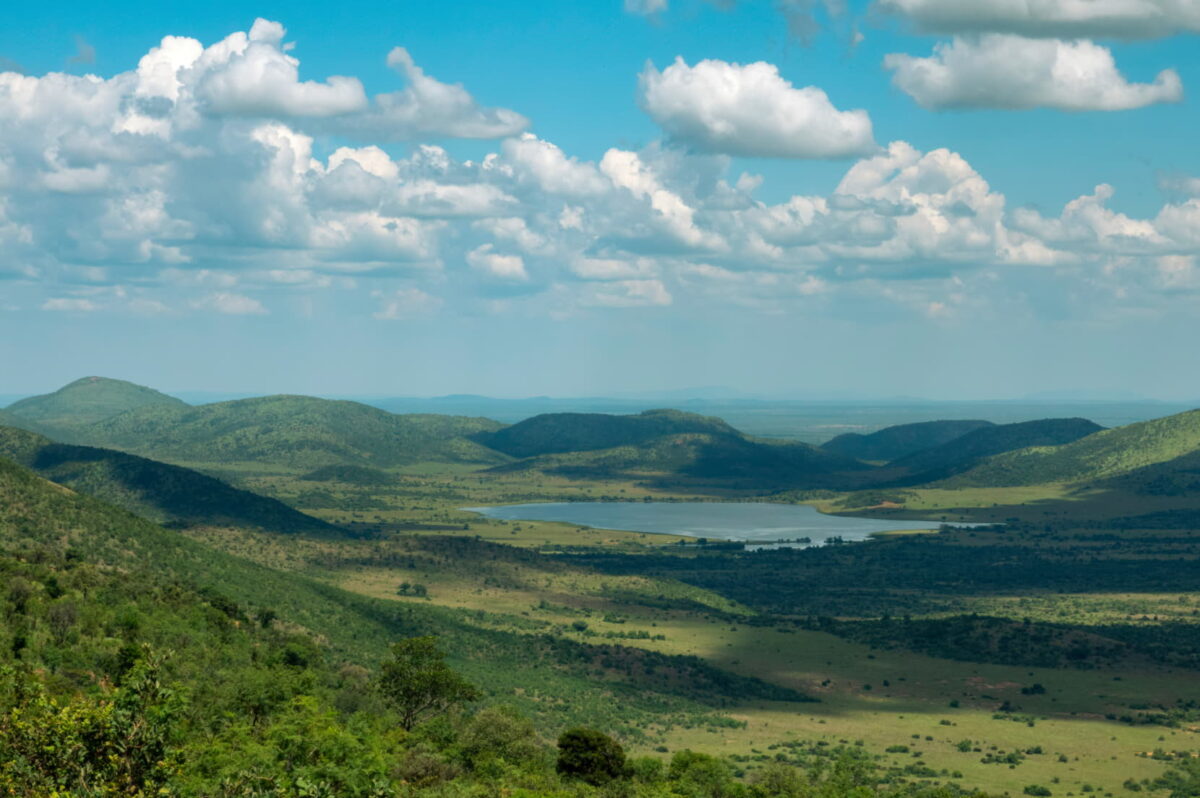
Whatever the month, animals are most active in the cooler hours. For a single day trip you will want to maximize those windows without exhausting yourself. A classic timing for many visitors looks something like this.
Early morning: leaving Johannesburg
Many day trippers aim to leave Johannesburg around 5:00 – 5:30 am. It sounds painful the night before, but when the alarm goes off and you remember there might be lions in your near future, getting up feels much easier. Pack a simple breakfast to eat en route, or grab coffee and pastries at a service station. As you drive out, city lights fade behind you and the sky slowly softens from black to grey, then orange. That moment when you notice the first streak of pink over the hills can be strangely exciting.
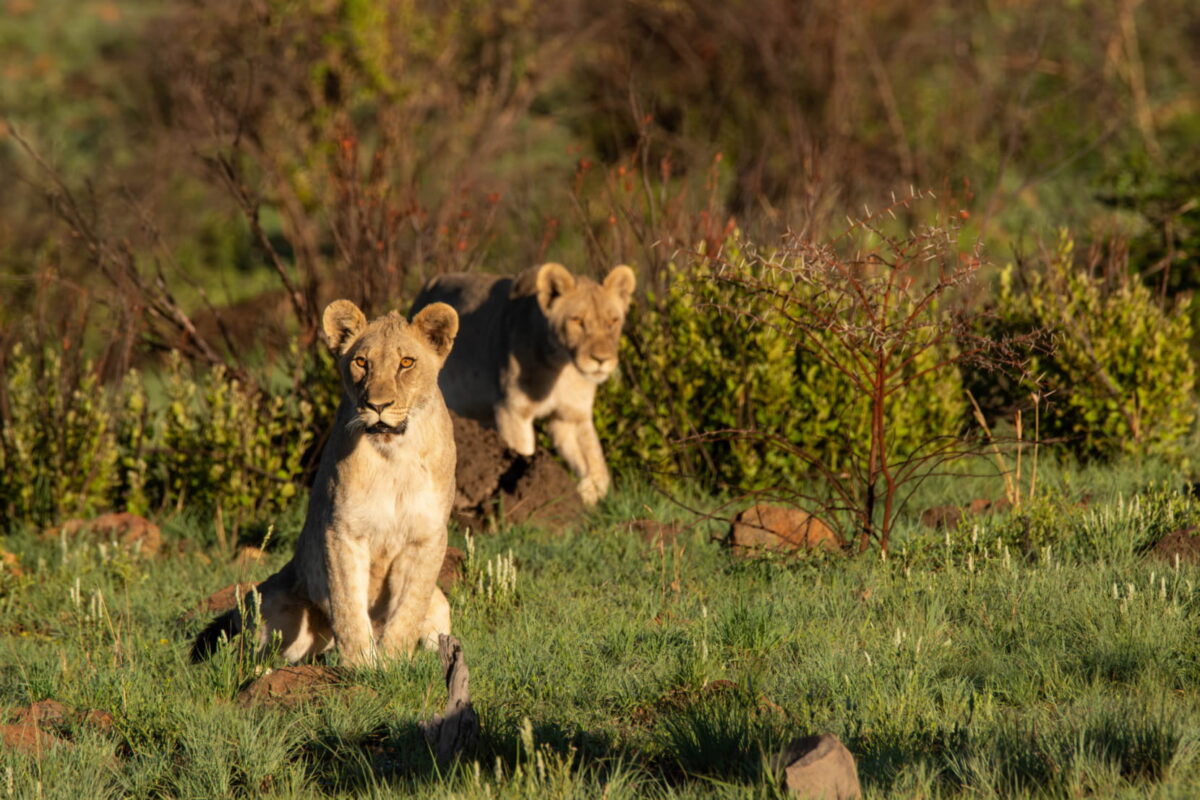
With good timing you reach one of the main gates shortly after opening time, which allows you to catch the cool air and the long, low shadows on the gravel roads. This is when nocturnal animals are heading back to cover and diurnal species are starting to move.
Pro Tips For The Early Start
Lay out your clothes, camera, hat and snacks the night before and fill the car with fuel in the evening. It is a small thing, but it turns a chaotic 4:30 am scramble into a much calmer start, and you are less likely to forget something obvious like sunscreen or binoculars.
Morning in the park: first game drive
Once inside Pilanesberg, you can either join a scheduled open vehicle game drive or head out with your own car. Either way, the first hours after gate opening are precious. The air is crisp, smell of dust and cold grass mixing together, and many animals use this time to feed before it gets hot.
Guides often focus on areas near waterholes, riverbeds or open plains where fresh tracks and bird alarm calls can reveal where predators moved during the night. If you self drive, you might start on the tar road and slowly graduate to gravel loops as you gain confidence. Remember that it is completely fine to park at a safe distance, turn off the engine and simply watch. Sometimes the best sighting is not the quick photo of a lion crossing the road, but fifteen minutes of giraffes chewing quietly while oxpeckers fuss around their necks.
Midday: break, lunch and viewpoints
By late morning, the sun climbs higher and animal activity slows. This is your cue to relax as well. Pilanesberg has picnic sites, designated viewpoints and rest camps where you can stretch your legs, visit the restroom and order something to eat. Many families take this time to let children run around a bit, because a full day in the car can feel long for smaller travellers.
Midday is also good for enjoying the scenery itself. From higher lookout points you can see how the ancient crater curves around the central plains. The ridges stack up in layers, almost like paper cutouts fading into the distance. Even if nothing dramatic happens, you feel how large and old the landscape is.
Afternoon: second game drive and journey back
In the mid to late afternoon, shadows lengthen again and animals start to move from the heat of the day. This is a great time to revisit a waterhole that was quiet earlier, or to explore a different loop road. Elephant herds often walk toward drinkable water, dust rising around their feet. Rhinos come out to graze. If you are lucky, you might spot lions stretching, yawning and preparing to hunt.
Most day visitors aim to leave the park before or around gate closing time, which changes slightly through the year. The drive back to Johannesburg usually feels slower, in a good way. People replay the day, compare favorite sightings and scroll through photos on their phones until tiredness finally wins.

Self drive in Pilanesberg: freedom with responsibility
Self driving is one of the joys of Pilanesberg. The road network is well signposted, there are both tar and gravel options, and most ordinary vehicles can manage in normal conditions. You can decide whether to sit quietly with a herd of zebras for half an hour or to hustle across the park to a reported lion sighting. It is the safari equivalent of having your own kitchen instead of always eating in restaurants.
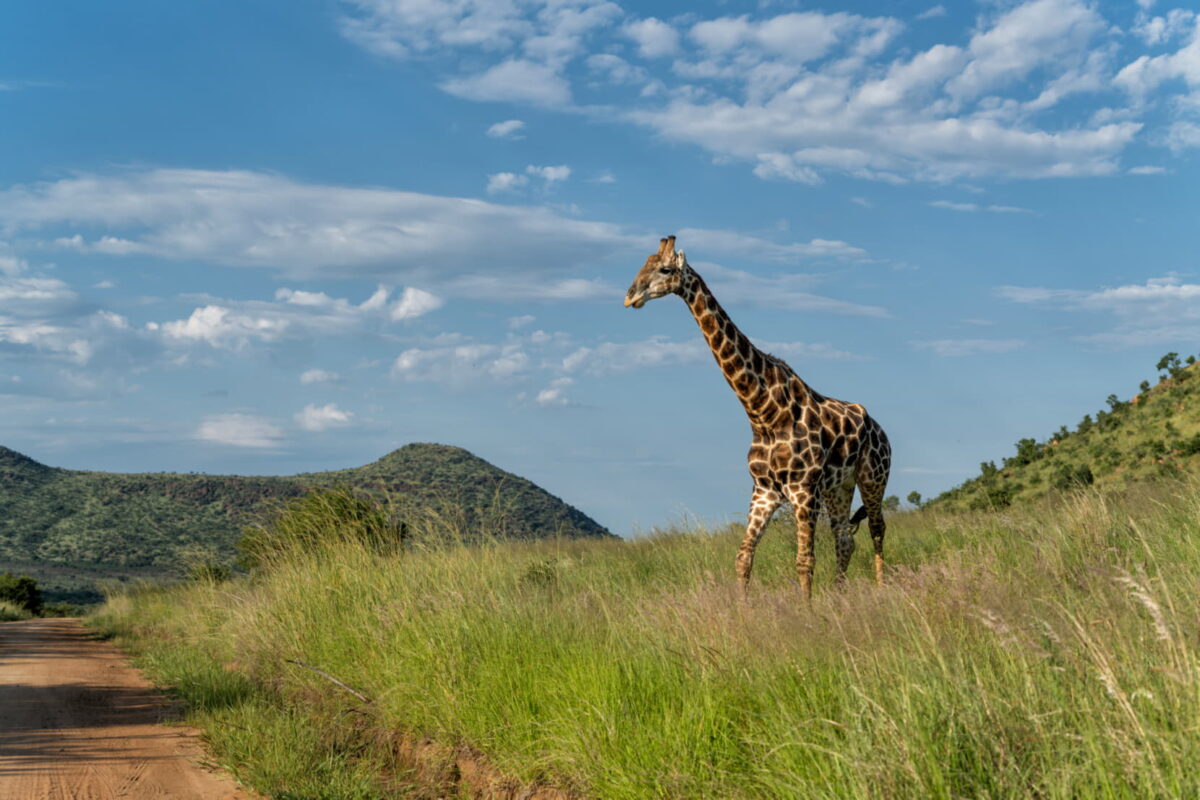
However, with that freedom comes responsibility. You are entering a wild area, and the animals have absolute right of way. Speed limits are low for a reason. Windows should be partly closed in predator sightings. Getting out of the vehicle is only allowed in clearly marked spots. These rules are not about spoiling your fun, they are about ensuring you go home with good memories and good stories, not close calls.
💡
Smart planning for your rental car
Booking your car in advance gives you better choice of vehicles and often better prices, especially around holidays and South African school vacations. Compare offers and insurance conditions on Cars Scanner car rental so you know exactly what is included, from mileage to roadside assistance.
- Pick a car with air conditioning and enough space for everyone.
- Check that your driving licence is accepted in South Africa.
- Take photos of the vehicle when you collect it, just in case.
- Ask about tolls and how they are charged on your route.
Wildlife and what you might see on a Pilanesberg day trip
Pilanesberg is famous as a Big Five destination, which means you have a chance, though never a guarantee, to spot lion, leopard, elephant, rhino and buffalo in one area. On a single day trip you will not see everything the park holds, but you can still enjoy a very rich mix of animals and birdlife.
- Large mammals like elephants, white rhinos, giraffes, zebras and wildebeest.
- Predators such as lions, leopards and brown hyenas, sometimes only as tracks in the dust.
- Antelope of different sizes, from stately kudu to shy steenbok.
- Plentiful birdlife including fish eagles, hornbills and weavers.
- Reptiles, smaller mammals and all the hidden life around the waterholes.
Every drive is different. One morning you may sit for forty minutes while a breeding herd of elephants crosses the road in front of you, tiny calves hiding between huge legs. Another day the highlight might be a pair of jackals playing in the grass or a lilac breasted roller showing off its unlikely mix of turquoise and purple feathers. Some sightings are loud and obvious, others are quiet and almost private.
It helps to reset your expectations slightly. A day trip is more like dipping your toes into the ocean than crossing it. You probably will not tick off every animal on a checklist, and that is fine. The real pleasure lies in watching a landscape wake up, noticing patterns in the tracks, and realising how much life fits into one valley.
Guided safaris vs doing it yourself
One of the biggest decisions for a Pilanesberg day trip is whether to join a guided safari or explore independently. Both approaches have their strong points, and the right choice often depends on your travel style, budget and how much mental energy you want to spend behind the wheel.
Guided safaris usually happen in open vehicles with raised seats, which give you better visibility over tall grass and bushes. Guides know the road network well, understand animal behaviour and often hear news of interesting sightings over the radio. If you are new to safaris, this can be incredibly reassuring. You just sit, listen to stories and enjoy the wind in your hair while someone else handles the details.
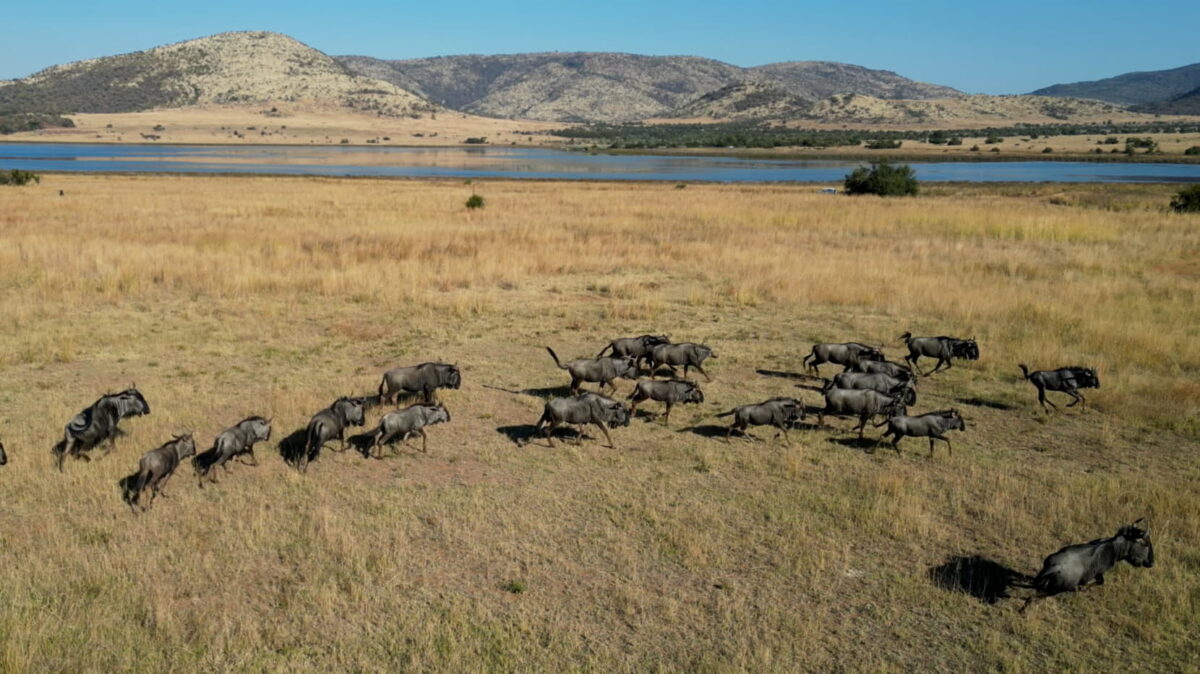
Self drive, on the other hand, gives you total control over your route and timing. Feel like spending an hour just watching hippos yawn at a dam instead of chasing the next leopard report, you can. Want to stop for photos of every single giraffe, nobody will roll their eyes. Some travellers even combine both approaches in one day: morning and late afternoon guided drives, with a slow, flexible self drive in between.
Comparing popular Pilanesberg day trip styles
Because people and travel styles differ, it is helpful to compare the main ways of structuring a day trip. Below is a quick snapshot of common options and what kind of traveller each one tends to suit best.
| Option | Best for | What your day looks like |
|---|---|---|
| Self drive from Johannesburg | Independent travellers, families on a budget | Early departure, flexible driving inside the park, picnic or restaurant lunch, return after gate closing. |
| Shared guided day tour | First time visitors, solo travellers | Hotel pickup, two open vehicle drives with a guide, set lunch stop, relaxed drive back to the city. |
| Private guided safari | Couples, photographers, small groups wanting flexibility | Custom departure time, tailored routes for your interests, opportunity to linger at key sightings. |
| Pilanesberg + Sun City combo | Families, travellers wanting variety | Shorter game drive paired with leisure time at Sun City’s pools, restaurants and entertainment. |
| Day trip with overnight add on | Visitors who decide they want “just one more” safari drive | Standard day trip pattern, then a spontaneous or planned stay at a lodge to enjoy a dawn drive next morning. |
What to pack and how to feel comfortable all day
Because you are out from dawn until after sunset, small comfort items can make a big difference. A light jacket or fleece is handy for chilly mornings, while a wide brimmed hat and sunglasses help for the midday sun. Sunscreen is essential even on cooler days – the highveld light is stronger than many visitors expect. Bring a reusable water bottle and refill whenever you stop, as the dry air can make you feel thirsty without noticing.
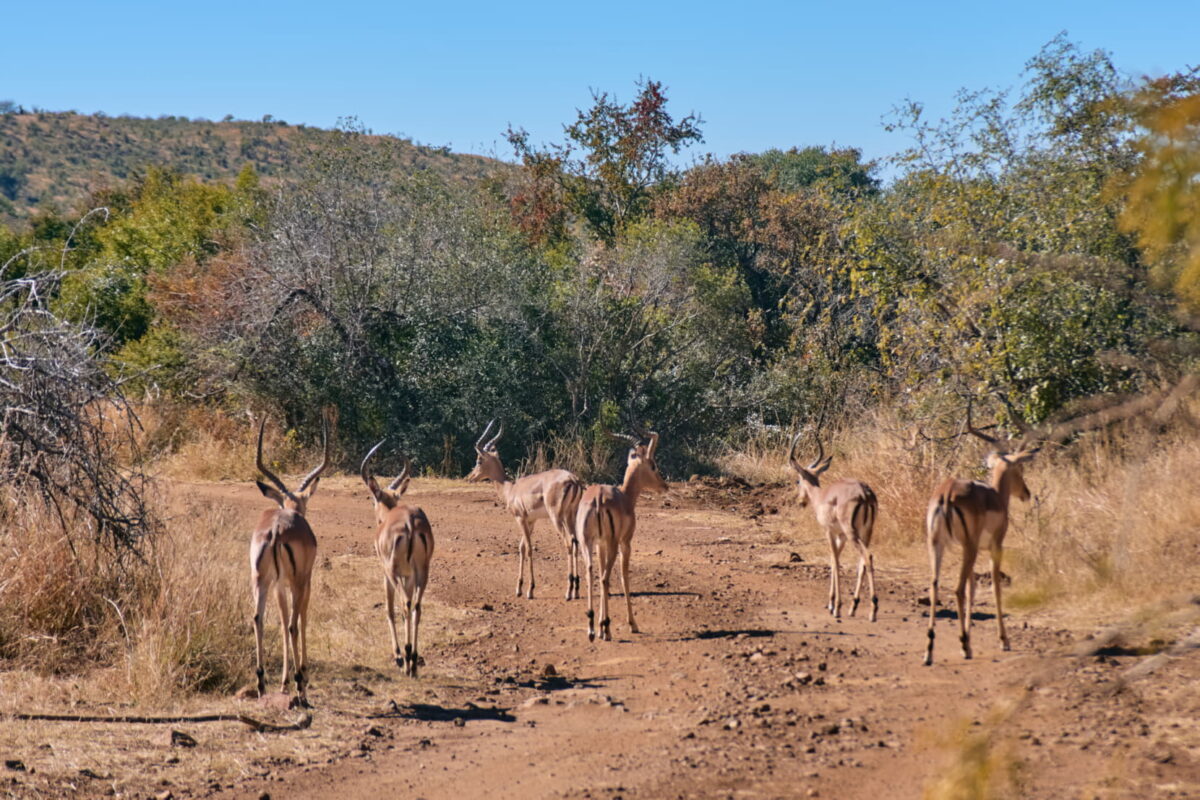
From a practical point of view, neutral coloured clothing works best, both because it blends into the background and because dust does not show as much. Bright white sneakers look great at breakfast but by evening they might tell the whole story of your day in brown stains. A simple scarf or buff can also be useful if you end up on a windy open vehicle drive or you want extra warmth around your neck as the sun goes down.
Is a Pilanesberg day trip suitable for children and older travellers?
Yes, in many cases a Pilanesberg day trip is very family friendly. The relative proximity to Johannesburg means you do not have to plan internal flights or long multi day drives just to reach the park. Facilities like restrooms, picnic sites and restaurants are more developed than in some remote reserves, which parents and grandparents often appreciate.
That said, a full day can still feel long. For younger children, bring familiar snacks, favourite small toys and something like colouring sheets or an audiobook for the drive in and out. Explain simple safety rules in advance, such as keeping arms and heads inside the vehicle and speaking quietly at sightings. Many kids adapt quickly once they realise that “this is where the wild animals live now, not the zoo”.
Older travellers usually enjoy the combination of structured guided drives and flexible downtime at viewpoints or rest camps. If sitting in vehicles for many hours is uncomfortable, consider choosing an itinerary with slightly shorter drives and more frequent breaks. Listening to your body is just as important as chasing that distant cheetah report, maybe even more.
Budgeting for your day trip
Costs vary depending on whether you self drive or join a guided tour, which gate you use and how many activities you add. In general you will need to budget for fuel, park conservation fees, food and drinks, plus any optional guided drives or extras like souvenirs. Self drive days often look cheaper on paper but remember to count the rental car, tolls and wear and tear as well.
A simple way to think about it is this: decide on a total amount you are comfortable spending on your “Johannesburg safari day”, then work backwards. If you only have room for one big paid activity, you might focus on a single high quality open vehicle drive and keep the rest of the day simple with picnics and self driving. If your budget is more generous, you could add a second guided drive, a special lunch or a short detour to Sun City on the way back.
Frequently Asked Questions
How long does a Pilanesberg day trip from Johannesburg really take?
Most visitors spend around 14 to 16 hours door to door, including the drive both ways, time at the gate, at least one long game drive and breaks for meals. It is a full day, but if you plan early departure and a simple evening on your return, it feels manageable rather than rushed.
Do I need a 4×4 vehicle to visit Pilanesberg?
No, a standard sedan or small SUV is usually fine in normal weather conditions. Many main routes are tarred, and gravel roads are generally suitable for ordinary cars when driven slowly. Only after heavy rain might certain tracks be closed or recommended only for higher clearance vehicles.
Is Pilanesberg safe for self driving first time visitors?
Yes, as long as you follow park rules, respect speed limits and never leave your vehicle except in designated areas. Drive defensively, give animals plenty of space and avoid blocking roads at busy sightings. If you are unsure what to do, watch how other vehicles behave or ask rangers at the gate for basic advice.
Can I combine Pilanesberg with Sun City in one day?
It is possible, but you will need to accept slightly less time for game viewing. Many travellers choose a shorter morning drive in the park, then spend the hotter midday and afternoon hours at Sun City’s pools and restaurants before heading back to Johannesburg in the early evening.
What should I do if I get lost inside the park?
Stay calm, keep driving slowly and look for the next junction with a numbered sign or landmark. Most printed maps show these clearly. If you still feel unsure, head for a rest camp or a busier waterhole area where you can ask staff or other visitors for help, instead of driving faster or taking unknown tracks.
Is a day trip enough, or should I stay overnight?
A day trip is an excellent introduction and fits easily into a short visit to Johannesburg. If you fall in love with the park, staying overnight lets you experience early morning and late evening drives without extra commuting. Many travellers do a day trip first, then return for a longer stay on their next visit to South Africa.
Many of the inspiring images and up to date practical details used to shape this guide were kindly shared by the excursion specialists at Foxiepass, who help visitors turn a simple free day in Johannesburg into a memorable Pilanesberg safari experience.


